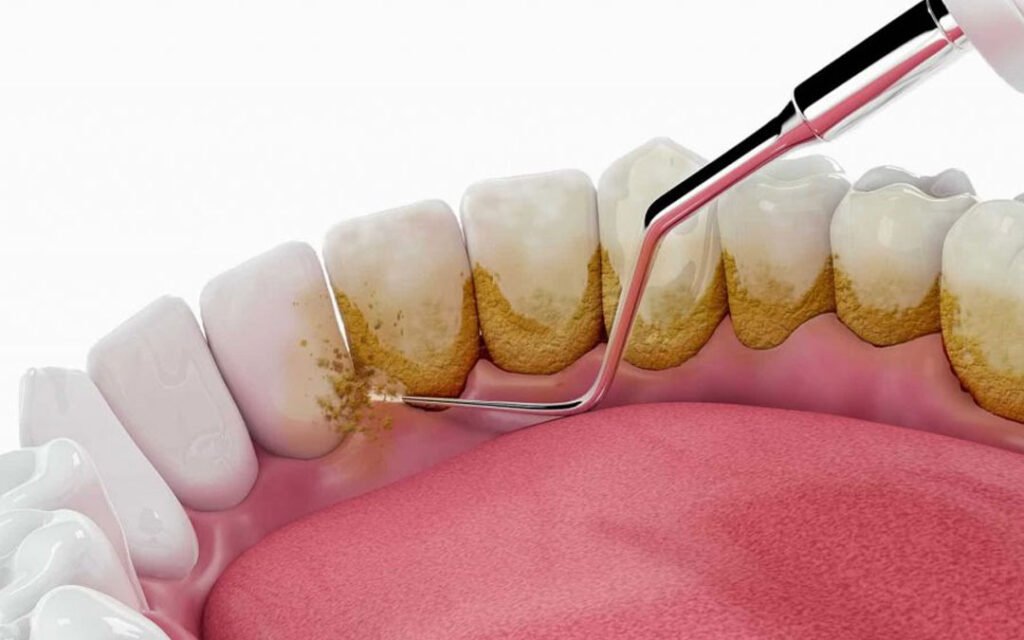
Teeth scaling, also known as dental scaling, is a common dental procedure used to remove plaque, tartar (calculus), and bacteria from the surface of the teeth and beneath the gumline. It’s a type of deep cleaning that goes beyond a regular dental cleaning, and it’s often recommended for people with gum disease (gingivitis or periodontitis).
Why It’s Done
- To treat gum disease (especially if there’s bleeding or receding gums).
- To remove plaque and tartar buildup that regular brushing and flossing can’t eliminate.
- To prevent tooth loss caused by untreated gum disease.
- To reduce bad breath and maintain overall oral health.
🔹 How It’s Done
- Manual or Ultrasonic Tools: Dentists use hand scalers or ultrasonic instruments that vibrate to break up tartar.
- Scaling Below the Gumline: The dentist cleans below the gumline where bacteria collect.
- Sometimes combined with root planing, which smooths the tooth roots to help gums reattach.
🔹 What to Expect
- Usually done under local anesthesia if deep cleaning is needed.
- May take one or more appointments, depending on severity.
- Mild discomfort, sensitivity, or bleeding may occur temporarily afterward.
🔹 Aftercare Tips
- Use a soft-bristled toothbrush.
- Avoid very hot or cold foods if teeth are sensitive.
- Follow-up with antibacterial mouthwash if prescribed.
- Maintain good oral hygiene and regular dental visits.
🔹 Risks & Side Effects
- Temporary gum irritation or sensitivity
- Gum recession in some cases
- Rarely, infection if proper care isn’t taken afterward

